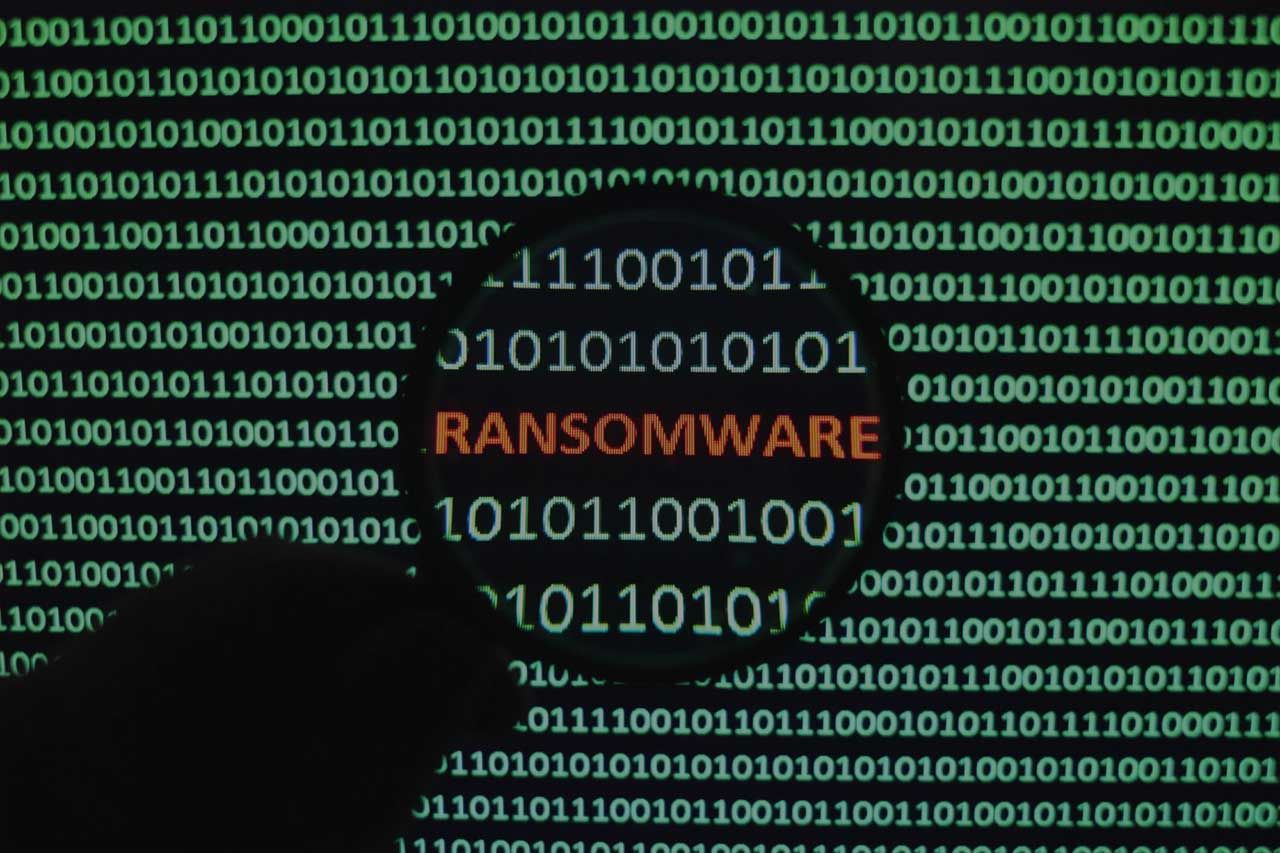Trustlook's Integration with OKC (OKX Chain)
San Jose, California, Oct. 19, 2022, Trustlook, the global leader ...


New study reveals shocking statistics on ransomware
If you think ransomware is a problem that impacts only deep-pocketed big businesses like hospitals or banks, new research by cybersecurity firm Trustlook might make you think differently. In its latest research, Trustlook found that consumers are increasingly being targeted with ransomware—and, perhaps surprisingly, many of them are paying up.
Ransomware is malicious software that locks all files on a targeted computer or network until the owner pays the ransom. While it’s true that hackers may have more to gain from large organizations, experts say they see consumers, with their lack of sophistication in security, as lower-hanging fruit. Because consumers usually have fewer information security resources than large organizations, breaches are far easier to achieve and are more likely to have a meaningful impact, and thus are more likely to result in a payment.
Most users are completely unaware of the threat posed by ransomware attacks and are not prepared to handle them. Trustlook’s research shows that this lack of awareness and apathy is resulting in insufficient action taken to protect devices and data. 48% of consumers are not worried about becoming a victim of a ransomware attack, and only 7% of non-impacted consumers say they would pay the ransom if they were hacked. Other findings include:
Since the beginning of 2016, ransomware has gone from a relatively exclusive category of malware utility to a mainstream destructive tool used in wave after wave of phishing attacks against individuals and companies alike. Ransomware is now so widespread that it cost businesses a total of $1 billion in 2016, according to a new report. Moreover, ransomware has been identified by the U.S. Department of Justice as the “biggest cyberthreat” of 2017.
Ransomware is delivered primarily via a phishing email, which means consumers and employees, who are the last lines of defense in any security stack, must be trained to identify it in order to prevent it. This has made traditional security measures, such as antivirus tools, less effective.
In addition, the rise of crypto currencies such as Bitcoin have had a dramatic impact on the number and type of cybercrime opportunities. These tools have become the engine of cybercrime by making it safe and easy to transfer money anonymously.
Trustlook has the following advice for consumers who are worried that they might become a victim of ransomware. “Backup your data to multiple devices, and to at least one device that is not connected to a network,” says Allan Zhang, co-founder and CEO of Trustlook. “Also, be cautious of emails by checking the sender’s email address before clicking any link.”
To see an infographic of Trustlook’s ransomware research findings, please click here. For more information on SECUREai, Trustlook’s artificial intelligence security engine that detects ransomware, please visit http://www.trustlook.com.